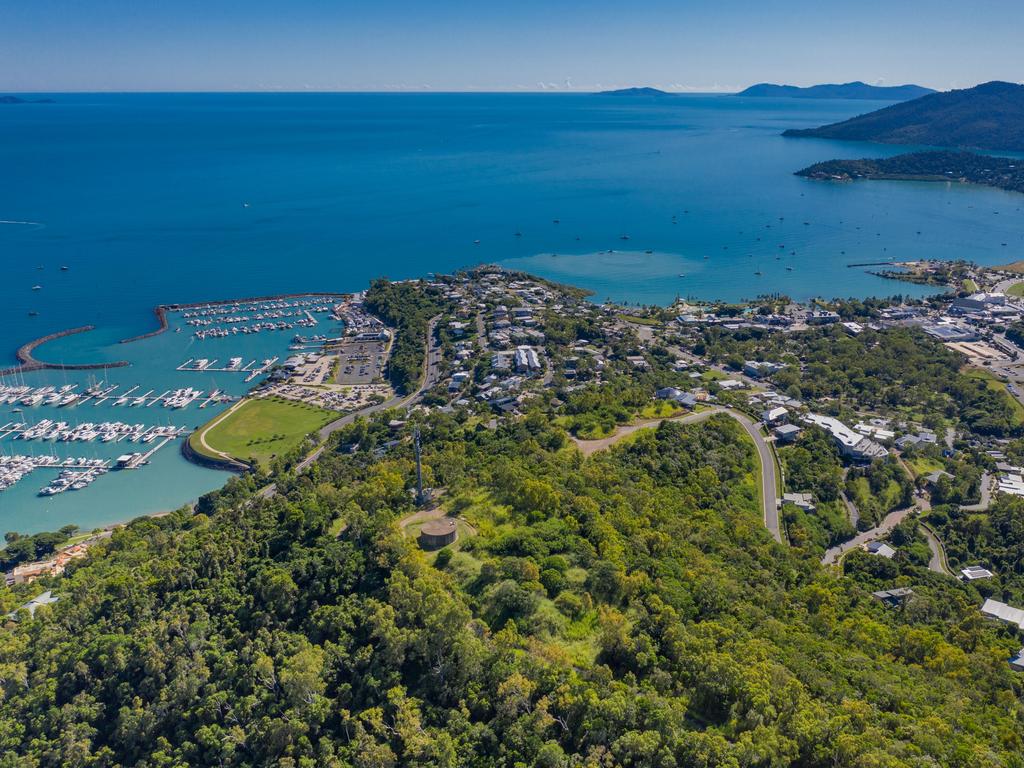How 32-year-olds are shaping Australian life, and they want a home
New data shows there were more Australians aged 32 last year than in any other year of the life cycle. And now, these ‘most common Australians’ are also looking to buy a house.

It is a simple enough concept, and yet it has a powerful message. It is a single year of age containing the greatest number of people. It is the confronting concept of “the most common Australian”.
Data published by the Australian Bureau of Statistics shows the number of people in every year of the life cycle in Australia at June 2023. The peak year, the greatest number of Australians in any single year, indeed the most common Australian (and some might say there’s plenty of common Australians to choose from), currently presents as aged 32.
The data shows that there were more Australians aged 32 last year than in any other year of the life cycle.
In fact, according to the ABS, in 2023 there were 400,260 Aussies aged 32. These are Australians born in 1991 and who blossomed into adulthood in the post-Gobal Financial Crisis era.
And now, by 2024 many of these “most common Australians” are also looking to buy a house.
Did you know that according to the 2021 Census, 50 per cent of the Australian population aged 32 in 2021 (and thus born in 1989) had already bought a house? Although, to be fair, while the estimates show that the most common Australian might have been aged 32 in 2023, there’s almost the same number (399,990) aged 33 and thus born in 1990.
And so, with half of their 32/33-year-old peers having already bought a property, many in the other half must be thinking about also buying a home in 2024.
That’s 800,000 Australians aged 32-33 who are passing through the prime home-buying stage of the life cycle in 2024 this year. Interestingly, if the same exercise is conducted using ABS data relating to 1983, some 40 years earlier, the most common Australian isn’t aged 32 but rather is aged 12 and who was therefore born in 1971.
Forty years ago, the most common Australian was a 12-year-old; indeed, there were 287,000 Australians in this age cohort at that time. This 12-year-old would have placed pressure on secondary schools and, later, universities.
There would have been a tightness in accessing the job market caused by vast numbers entering the labour force later in the 1980s. And because the most common Australian at that time was nowhere near the home-buying stage of the life cycle, there would have been plentiful housing and not that much competition for housing.
Now step forward 40 years from now, to 2063, and the ABS has again completed projections from which it is possible to determine the most common Australian. And in that year, 2063, the most common Australian is projected to be aged 47 and thus born in 2016.
In 40 years, there is projected to be 491,000 Australians aged 47.

Perhaps it is a reflection on Australian population growth, but the idea of peak Australian has jumped from 287,000 in 1983 to 400,000 in 2023, to 491,000 in 2063. The most common Australian in 2063 has not only aged 15 years on today’s iteration but has bulked out by 20 per cent on 2023’s trim figure.
By the age of 47 a first and perhaps even second houses have been bought and sold. By the late 40s, if current relationship trends continue, the property issue in 2063 will not be so much accessing the housing market as it today, or accessing the job market as it was 40 years ago, it will be navigating property settlements associated with divorce, which typically kicks in across the years 46-52 for women and men.
When viewed across 80 years from 1983 to 2063, and through the lens of “the most common Australian” (or peak market demand), it is evident that the 2020s were always going to be an era shaped, if not defined, by troubled access to the housing market. And for this situation I blame the baby boomers … and not just in Australia.
There were simply too many babies born (to baby boomer parents) in the early 1990s, both here in Australia and in overseas countries where parents with kids eventually migrated to Australia. And so, with 800,000 people now aged 32-33 trying to get into the housing market, there’s a logjam. Toss in a global pandemic wreaking havoc with skilled migration and messing with supply chains, it isn’t surprising that there’s an added level of difficulty in 32/33-year-olds accessing the housing market in the mid-2020s. I always thought that baby boomers born in the late 1940s had bad luck: they turned 18 at the time of the draft for the Vietnam War in the 1960s.
Same with Australian men born in the early 1920s: they were prime fodder for WWII action, including the Kokoda Track. Australians born in the early 1990s were also born into a difficult era: 30 years later, there’s a problem with getting access to the housing market. This issue isn’t so much driven by geopolitical happenstance (as was the case for previous generations), rather it is an issue that has been shaped by in-built demographic forces.
An echo of the baby boom in the 1990s, combined with an escalation in migration in the 2000s, brings a truckload of early-30-somethings into the housing market in the mid-2020s. The good news is that these demographic issues will be resolved by 2063 when the most common Australian is an ageing 47-year-old.
The bad news is that these kinds of big-picture demographic problems cannot be resolved quickly. And this means that our ability to build and to deliver housing, at affordable rates, is likely to remain limited by skills and labour issues throughout the decade. It is not a matter of making grand announcements.
The issue of access to housing in Sydney and Melbourne (in particular) is contingent upon our ability to attract and to develop sufficient skills, to identify and manage the zoning of appropriate sites, to find and to deploy sufficient funds, and to manage the process in a way that projects don’t get bogged down by overbearing regulation and incessant approvals. We need to start measuring progress by celebrating building completions. We need to start asking difficult questions of those who seemingly take forever to respond to queries.

We need to start rewarding workers and others for delivering projects on time, on budget and to specifications. New data released by the Australian Bureau of Statistics in March showed that Melbourne added 837,000 net extra residents over the decade to June 2023. Sydney added 693,000 over the same time frame.
On these net growth figures alone, Melbourne needs 35,000 dwellings per year. Sydney needs 29,000. And these numbers are based on a household formation rate that doesn’t allow for the fact that the most common Australian now hovers over the 32-33 peak home-buying stage of the life cycle.
We can continue to muddle along, possibly fomenting intergenerational resentment that will surely bubble forth in the future, or we can find and enact solutions. I like the concept of the most common Australian because it conjures up images of Darryl Kerrigan, of Kenny, of Kath & Kim – all youngish family-types from the suburbs who revelled in their suburban homes, their castles.
We need to find a way to navigate the demographic deluge of the 32-33- year-olds now flooding the market and deliver affordable, accessible, timely housing to avert growing resentment. But solutions are also required because it’s only fair that every generation gets its shot at the beauty and the serenity, indeed the sublime satisfaction, of owning your own home in the best of Australian suburbia.
Bernard Salt is founder and executive director of The Demographics Group. Data by data scientist Hari Hara Priya Kannan.




To join the conversation, please log in. Don't have an account? Register
Join the conversation, you are commenting as Logout